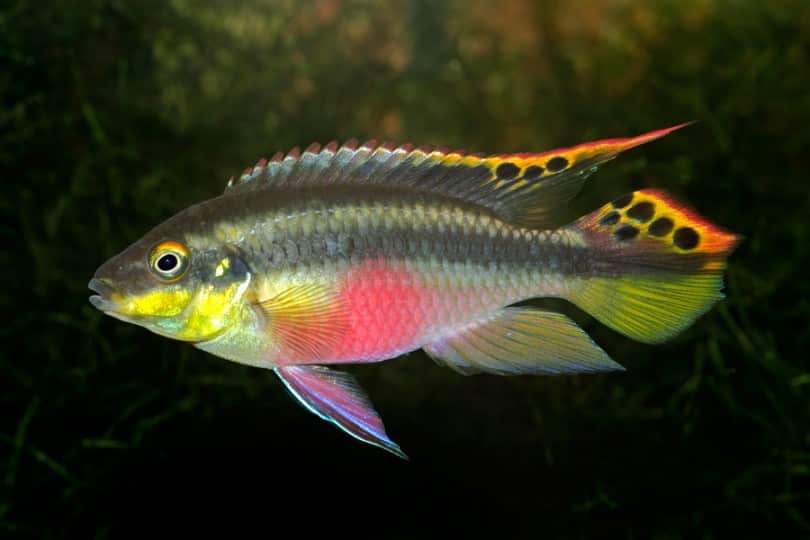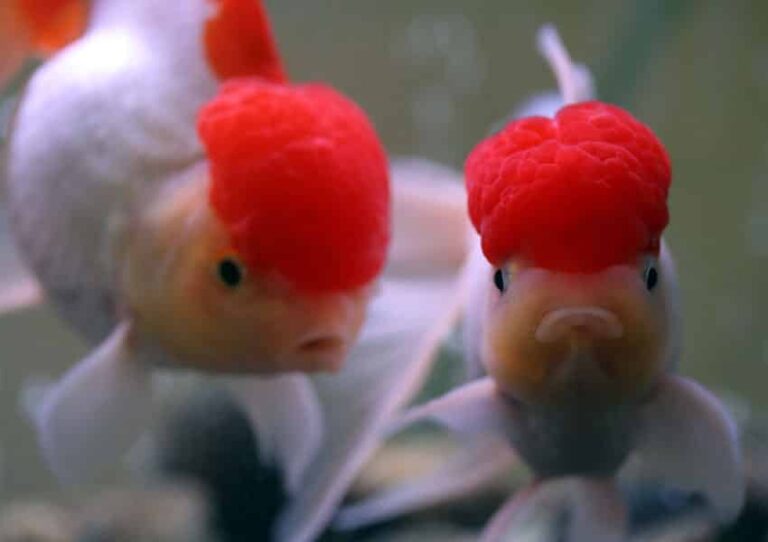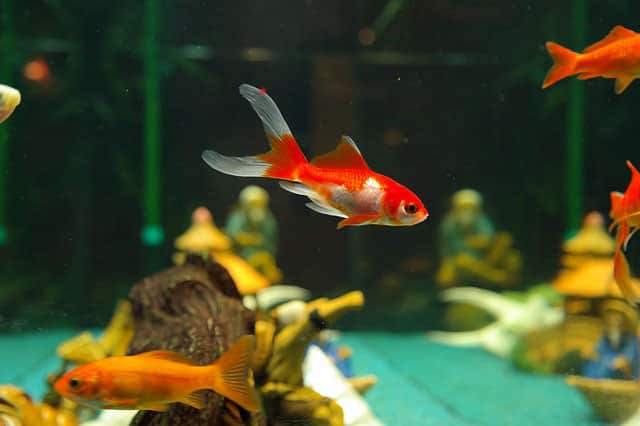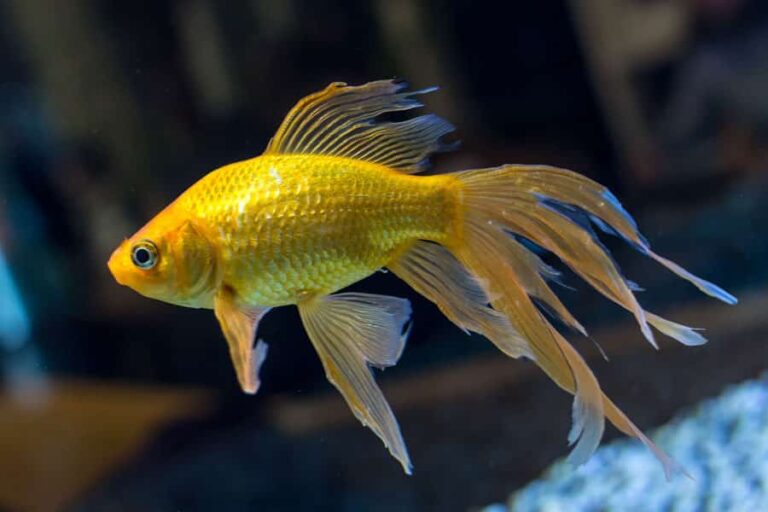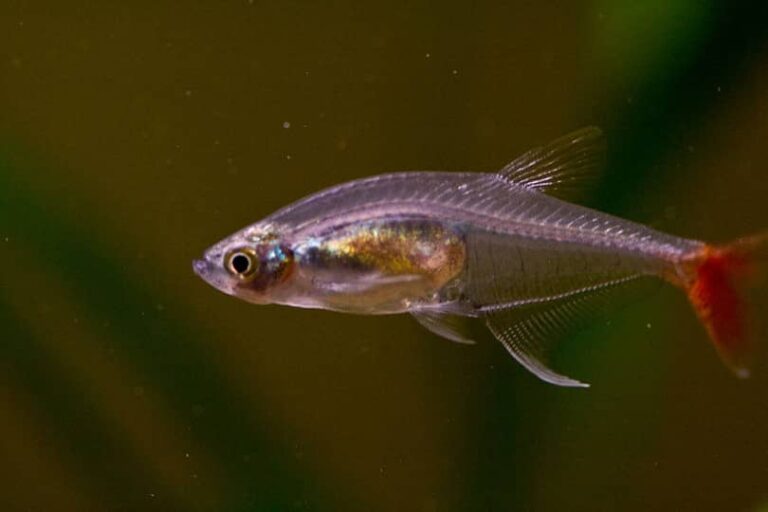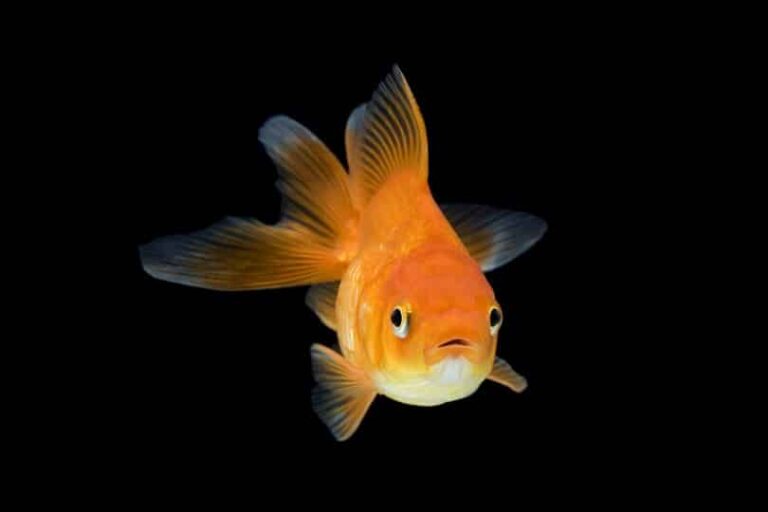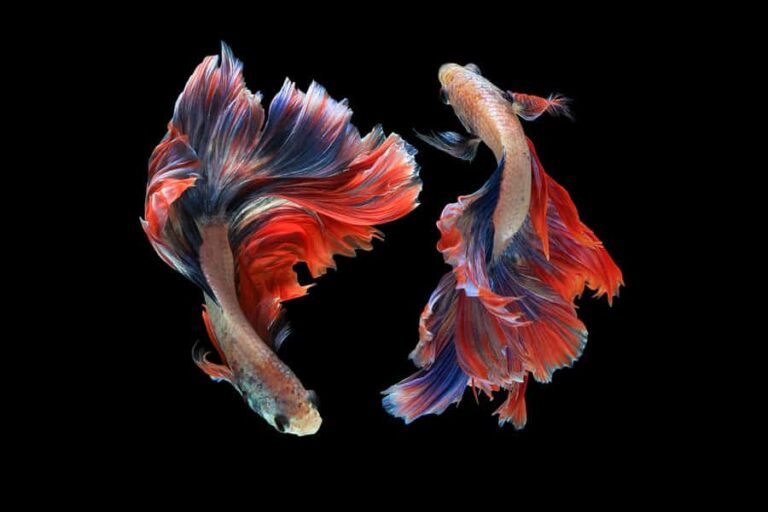Kribensis
Scientific classification
| Kingdom: | Animalia |
| Phylum: | Chordata |
| Class: | Actinopterygii |
| Order: | Perciformes |
| Family: | Cichlidae |
| Subfamily: | Pseudocrenilabrinae |
| Tribe: | Chromidotilapiini |
| Genus: | Pelvicachromis |
| Species: | P. Pulcher |
| Binomial name: | Pelvicachromis pulcher |
Pelvicachromis pulcher is a fish of the fresh waters, belonging to the Cichlid Group; they are widespread in Cameroon and Nigeria. This variety is well-known among aquarium hobbyists. Besides, they are frequently marketed bearing the name, Kribensis; however, this variety has additional names which include the results of the derived and color variations of the Kribensis such as Common Krib, Krib, Super-Red Krib, Red Krib, and Rainbow Kribensis, together with Purple Cichlid and Rainbow Cichlid. These varieties are famous Cichlids for aquariums.

Habitat and range
The Kribensis cichlid hails from Africa; they inhabit the estuaries that drain into the River, Ethiopia in the delta region of Niger. In such a circumstance, diverse water situations prevail. As the Delta is near to the sea, the water is alkaline, hard and insignificantly brackish. But those streams that enter the Delta are not that hard and the ocean has no influence on them. The streams of the water in the low lying black-water are in fact too soft and acidic.
Description
The Kribensis is a multicolored tiny fish. The body of the fish is, to a certain extent, compact and stretched, having an unremitting dorsal fin, with the caudal fin in the shape of a fan. This cichlid is demographic sexually; the males are bigger in size with sharp dorsal, anal fins and caudal. Females exhibit a distinguishing red or purple belly color when they spawn. Further, they have more round bodies, when compared, to that of the males. In the hind portions, of the dorsal, anal, pelvic and pectoral fins on the Cichlids there are spiny rays; these defend them from their enemies. The frontal portion of the fins is perfect and soft for accurate placing and movement with less effort while in the water. The male grows to a length of 4” (10 cm.). But the length of the female, is just 3” (7 cm.). Their life normally extends up to 5 years, however there are records of them living till 10 years. In any case, they have to be properly looked after.
How to Grow at Home
Breeding
The different varieties of Kribensis are actually obtained from captive breeders. Breeding them is not a task; besides, they spawn frequently when in groups in an aquarium. These fish prefer to live only with one partner (monogamous)
The ideal method of confirming that your pair is well-matched is, by placing together a minimum of 6 young ones in a tank and give them the opportunity to have sex in the normal manner. The Kribensis lays eggs, as such, they favor spawning in water that is mildly acidic.
While they spawn, the female places 200 to 300 eggs, either on the wall or on the roof of the cave. While the female keeps a watch on the eggs and the fry, the male protects the region. Within a period of 2 to 3 days, the eggs get hatched and in he following 7 to 8 days, the fry is ready to swim. Feed the fry with micro worms or brine shrimp nauplii. Besides, they feed on detritus and algae which they obtain from the tank. Till a further spawning of the parents, retain the fry with them.
Tank
The Kribensis are lively little fish; they swim in the lower and middle portion of the tank. You can use a tank of minimum size 20 gallons. In case you intend keeping over one pair, well then a bigger tank is preferred for providing sufficient space. They require fairly good room for swimming, and good filtration, with frequent replacement of the water in the tank is essential..
Maintain a substrate with micro sized sandy gravel. When the substrate is quite dark, the Kirbensis will exhibit the best of their colors. Set up the aquarium with rocks, clay pots and driftwood, with sufficient hiding spots for them to spawn and for retreating. At the bottom of the tank, provide enough room for them to swim. Even though plants are not a must, they relish area with thick plants for camouflaging. While decorating the aquarium, keep provision for them to defend themselves, by creating partitions in the aquarium.
The Condition of the Water
Kribensis breeding is not just a matter of water. The ratio of male Kribensis to the females in the tank is a subject of pH sensitivity and only a pH of around 7 will ensure the birth of an equal proportion of female and male.. When the content of alkaline water exceeds, there is more chance of males and when the content of water exceeds in acidity, the chances of the female are greater. It is usual to breed only a one sex. In many instances an aquarium will have only a single-sexes brood.. In case the tap water is noticeably too acidic or alkaline than pH of 7.0, you need a buffering agent to alter the pH. Until the age of 2 to 3 months, it is not possible to identify the sex of the Krib.
The temperature of the water is also an issue. A temperature of 75oF is ideal for the Krib, however, increasing the temperature from 78 to 80 accelerates the rate of spawning. Bear in mind that warmer the water, the lesser the oxygen in it, as such never stock in excess, and in case of necessity, facilitate higher aeration.
Nutrition
Omnivorous – insect larvae, crustaceans, Tubifex insects, aquatic insects, flakes; pellets
Glow light setup
These Kribensis are lively, cute fish; they swim in the lower as well as middle portions of the aquarium. The recommended size of the tank is at least 20 gallons, In case more than two Kribensis couples are intended, then a bigger tank is required. A fairly good space and well-organized filtration is required for water circulation. You find these cichlids in brackish as well as fresh waters; therefore some are tolerant to saltier water. Still a tank with complete brackish water is not good. Keep the salinity below 10% of the usual salt water tank. Maintain the specific gravity to below 1.0002. When your tank is with fresh water, then a good method is by adding 1 teaspoon full of salt for every 11 gallons of water. This is thought of as an easy medication for wounds of the Kribensis.

Having discovered a fondness for insects while pursuing her degree in Biology, Randi Jones was quite bugged to know that people usually dismissed these little creatures as “creepy-crawlies”.

